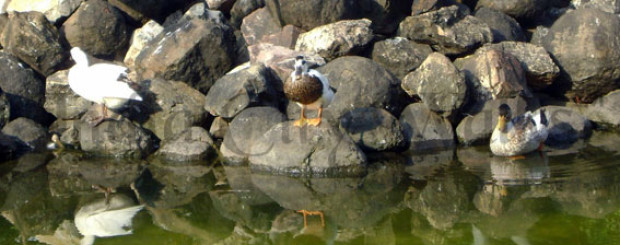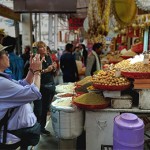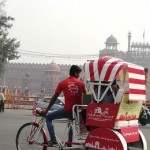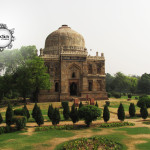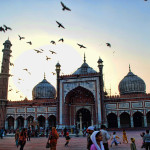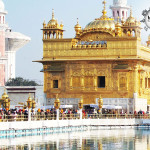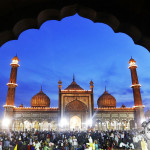Horniman Circle Gardens
The Horniman Circle Gardens is a large park in South Mumbai, India, which encompasses an area of 12,081 square yards. It is situated in the Fort district of Mumbai, and is surrounded by office complexes housing the country’s premier banks. Designed to be a large open space with grand buildings in the middle of the walled city, the area had been known as Bombay Green in the 18th century, while the area around it was called Elphinstone Circle. Following India’s independence in 1947, the area was renamed in honour of Benjamin Horniman, editor of the Bombay Chronicle newspaper, who supported Indian independence.
The building was begun in 1821 and not completed for twelve years. In 1842, the area had been just a dump of coconut shells and debris. The Police Commissioner, Charles Forjett, thought of converting the Green into a circle surrounded by buildings. He was supported by governors Lord Elphinstone and Sir Bartle Frère. The garden was planned in 1869 and completed in 1872 with well laid out walkways and trees planted all around. The whole complex was then renamed Elphinstone Circle after the Governor, Lord John Elphinstone. An ornamental fountain was placed in the centre, but it was replaced by a modern art deco iron pipes design.
Times of India Buildings, corner of Elphinstone Circle (now Horniman Circle), ca. 1880. The park was a favourite social venue of the Parsi community. In the pre-independence era, a band used to perform there every evening. The Asiatic Society of Bombay overlooks the Horniman Circle Gardens and the Reserve Bank of India. Close by (on Veer Nariman Road) is St. Thomas Cathedral, the first Anglican church in Mumbai, completed in 1718.

